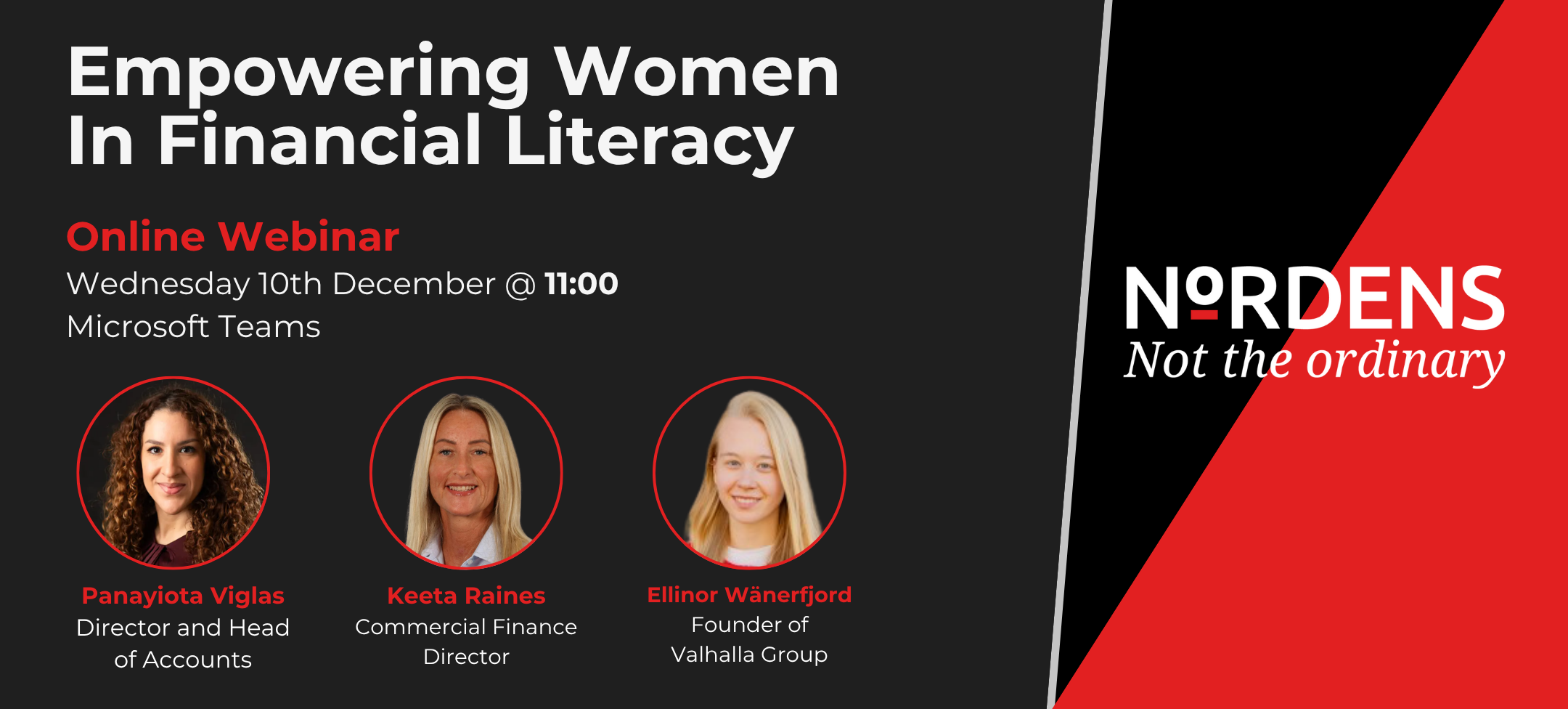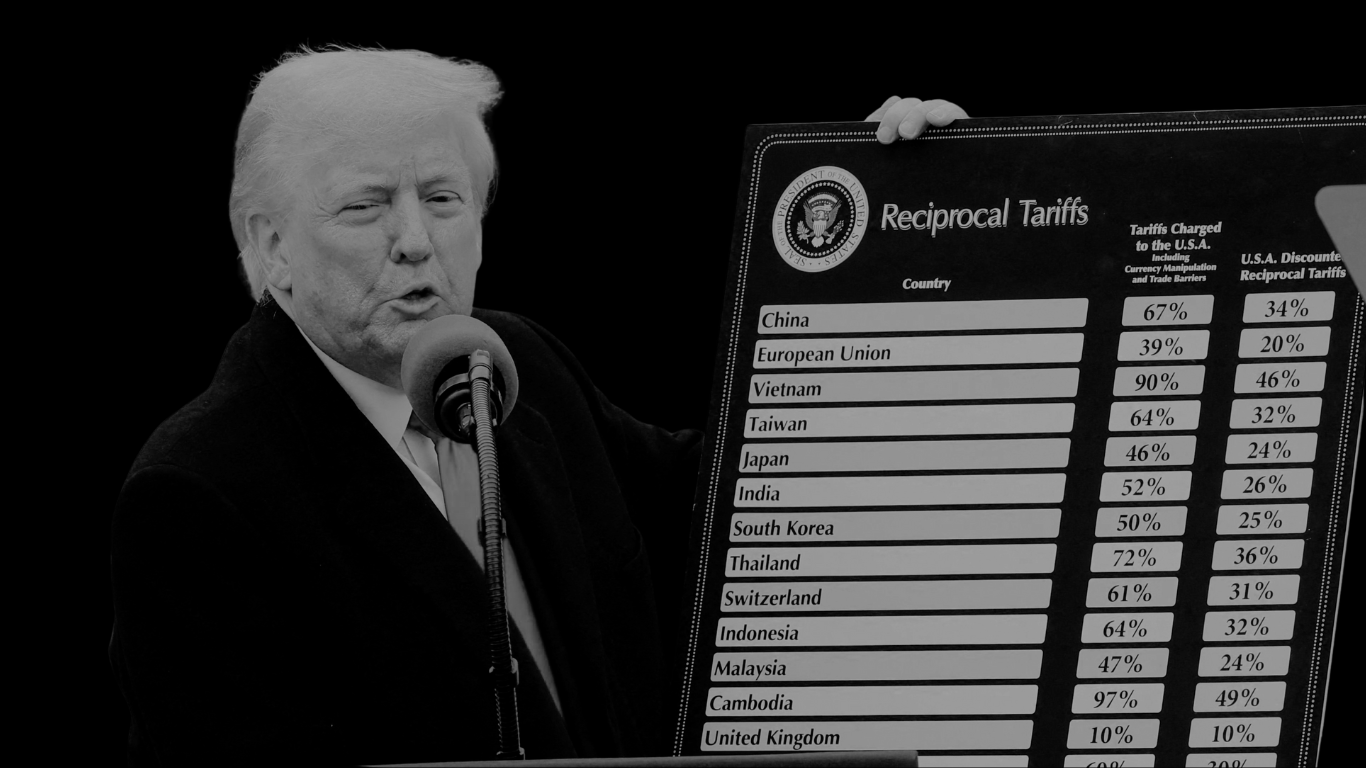Getting an injection of funds for your business can be the difference between long-term growth and having to shut up shop. Lots of small businesses fail to invest properly in their own growth, so it can be incredibly important to know when to get extra help and how to go about seeking additional investment.
The UK government is promoting investment schemes designed to help small start-ups, as well as well as encourage investors through tax incentives/reliefs to participate in such projects. The Enterprise Investment Scheme (EIS) and the Seed Enterprise Investment Scheme (SEIS) are both initiatives led by the UK government aimed at encouraging investment in UK-based, early-stage businesses. For entrepreneurs, this provides an opportunity to bridge the funding gap often found when raising capital for early-stage, high-risk businesses by offering SEIS and EIS related tax relief to investors willing to invest in these companies.
We spoke with Nordens’ Strategic Business Advisor, Olga Wilson, about the EIS and SEIS schemes, the process of applying for them and what are some of the other benefits that the schemes can bring.
Can you summarise the EIS and SEIS tax relief schemes and who they apply to?
The Enterprise Investment Scheme (EIS) and the Seed Enterprise Investment Scheme (SEIS) are both initiatives led by the UK government aimed at encouraging investment in UK-based, early-stage businesses. For entrepreneurs, this provides an opportunity to bridge the funding gap often found when raising capital for early-stage, high-risk businesses by offering SEIS and EIS related tax relief to investors willing to invest in these companies.
To be eligible for either EIS or SEIS scheme, a company must:
- Trade must be less than 2 years under SEIS or 7 years under EIS
- Have less than 25 under SEIS or 250 employees for EIS
- Have no more than £200,000 gross assets under SEIS scheme or £15m for EIS
Unlike the EIS, the SEIS is focused on very early-stage companies and offers significantly greater Income Tax relief of 50% against the amount invested. The lifetime cap is £150,000 when investing in SEIS-eligible businesses.
The big brother of the SEIS, the EIS focuses on small-to- medium sized start-ups and comes with Income Tax relief of 30% against the amount invested. An investor can invest up to the maximum annual investment of £1m per tax year. An EIS company has a lifetime cap of £12m or £20m if the company is “knowledge intensive”
Where a company meets the initial criteria, further activity specific eligibility will be accessed for both the investor and the company applying for funding.
What are the fundamental differences between the schemes?
It all comes down to the level of investment that a company can claim through different schemes, the level of return for the investors and of course the risk level.
SEIS schemes are commonly used by the start-ups in their early stage of existence. These prove to be riskier investments therefore offering its investors a higher tax break against amount invested compared to EIS is logical.
EIS schemes focus on small-to-medium sized businesses with the aim of growing their business and seeking further, higher level of cash injection. These types of companies are typically more established with a proven concept and previous investments in place, therefore the risk is less than with SEIS.
What can the money raised, from either the EIS or SEIS schemes, be used for?
The money raised under both EIS and SEIS investment must be used for a qualifying business activity, which means is defined as one of the following:
- A qualifying trade
- Preparing to conduct a qualifying trade or
- Research and development which should lead to a qualifying trade.
- Acquisition of shares in a subsidiary company, providing that after the share issue the subsidiary is a qualifying 90% subsidiary that will subsequently be using the money for a qualifying trade (further acquisition of shares is excluded).
It’s also worth noting that through the SEIS scheme, money must be spent within the period beginning with the issue of the shares and ending immediately before the 3rd anniversary of the share issue.
How can the EIS and SEIS schemes be accessed, what is the process?
Before offering investors EIS or SEIS investment opportunities, we always recommend for client to check and see if the share issue is likely to qualify for either an EIS or SEIS by obtaining advance assurance from HMRC. This will provide investors an indication on whether the company is eligible for EIS or SEIS funding.
An Initial assessment and information is to be provided to HMRC to start the process. This will consist of:
- Documentation confirming company’s incorporation.
- Details of the trade (activities must be qualifying):
- A business plan
- Confirmation that the trade of the business being carried on by the company at the date of issue of the relevant shares must be less than 2 years old.
- The company must not have carried on any other trade before it started to carry on the new trade
- Confirmation that the trade of the business is and will be carried on wholly or mainly in the UK.
- Financial forecasts identifying individual income streams.
- A copy of shareholder agreements.
- Confirmation that the company is a private unlisted company.
- Details of the existing and proposed share capital of the company.
- Details of the gross assets of the company.
It takes HMRC on average around 6-8 weeks to approve an EIS or SEIS application for both Advanced Assurance and Compliance.
What are some of the benefits of the schemes for investors that also impact other aspects of the business?
Some of the benefits of obtaining an EIS include:
- Investors will be exempt from Capital Gains Tax (CGT) in respect of gains made from the sale of their shares, after they have held them for 3 years.
- They can defer up to 100% of their investment amount against any CGT incurred up to 1 year before or 3 years after disposal
- Shares are generally inheritance tax (IHT) free, as long as the shares are held for an initial period of more than 2 years
- If the shares are sold at a loss, they can offset this against CGT or Income Tax
- The investor can carry back part or all of the investment in the preceding year to gain tax relief against earlier tax charges already incurred.
Some of the benefits of obtaining an SEIS include:
- Investors can expect tax relief benefits up to £100,000 each tax year.
- Greater Income Tax relief of 50% against the amount invested.
- Capital Gains Tax (CGT) exemption in respect of gains made from the sale of your shares if they have held shares for 3 years.
- CGT write-off of 50% of the investment amount in the same tax year.
- Shares are generally Inheritance Tax (IHT) free, as long as the shares are held for an initial period of over 2 years.
- If shares are sold at a loss, investors can offset this against CGT or Income Tax.
- The investor can carry back part or all of the investment in the preceding year to gain tax relief against earlier tax charges already incurred.
We hope this has outlined to you exactly what the EIS and SEIS schemes are, and whether they can apply to your business. If you require any more information on any government schemes for business investment, or anything accounting related for that matter, please don’t hesitate to get in contact with us at Nordens where one of our trusted advisors would be happy talking you through your query.
We’re now also offering COMPLIMENTARY Strategic Consultation Sessions up to 30th June 2021. Please contact Nordens’ Director of Strategic Consultancy Joe Sword at js@nordens-strategic.co.uk or 020 8530 0720.









































































































































































































































































































































































































































































































